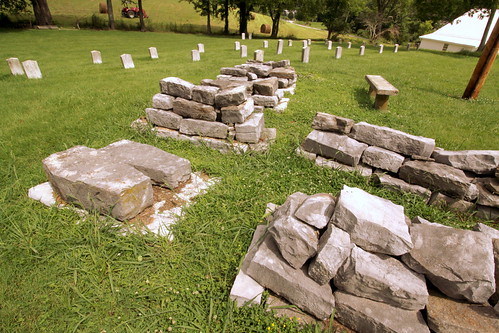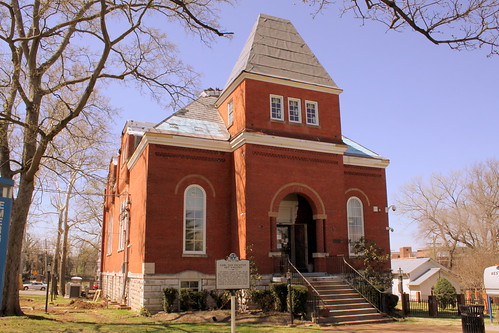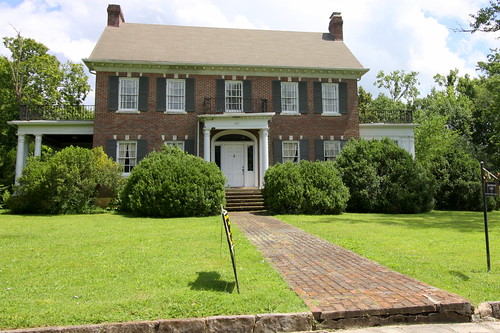
Beech Grove Cemetery is located atop a hill in Coffee County Near Interstate 24 exit 97, for highway TN64. Here is the cemetery's marker:
Originally the site of a pioneer cemetery, many early residents are buried here. In 1866, returned Confederate soldiers, under the leadership of Maj. William Hume and David Lawrence, collected and reinterred here the bodies of soldiers who fell at isolated places in the Beech Grove - Hoover's Gap engagement. June 24-26, 1863.
This cemetery has been restored by the State of Tennessee, with the assistance of members of its Historical Commission, and the committee composed of the following citizens:
D.L.Jacobs, Chairman ∙ Hugh J. Doak ∙ Mrs. C.J. Lowe ∙ Thomas A. Johnson ∙ B.S. Mason ∙ David W. Shields, Jr. 1954
There are some confederate graves in the background which are typical of a military graveyard with simple markers uniformly in rows. However in the foreground are the graves of early area settlers with rocks stacked atop the graves. On the left are the graves of two young children, each represented by one stone








